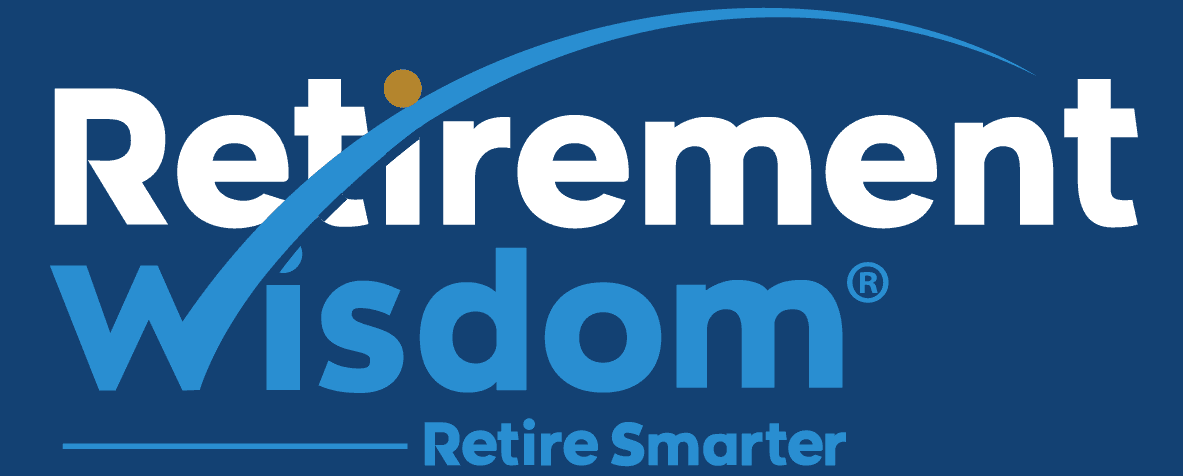by Joe Casey
Two realities are on a collision course. A survey by Bankrate found that 70 % of non-retired respondents plan to work into retirement – and to work as long as they can. Financial necessity is a big reason, but 26% of responded that it’s because they really like to work. Another 19% answered that it was a combination of needing to work and wanting to work.[1]
Trying to Look Younger – and It’s Not Working
That’s one side of the street. Then there’s the other side. It’s tough out there, people. An article in Bloomberg Businessweek, chronicled the struggles of older workers, those over 40, in Silicon Valley. [2] The article describes the lengths that employees, who are older on a relative basis at companies where the average age is 30 or younger, are going to in order to appear younger and stay in the game. Tactics range from dressing younger to undergoing cosmetic surgery. (In my case, cosmetic surgery won’t help, so I’m donning a hoodie today instead).
Who’s Smarter?
The article quotes a remark made by a prominent young (hoodie-wearing) CEO that “Younger people are just smarter” as an example of the beliefs at the top that can create a strong cultural vibe in a company. This statement is telling. It’s also absurd, as most sweeping generalizations are. (I occasionally notice young people doing less than smart things, but, hey, that just may be me). The number of legal complaints filed against the largest technology companies in California over the past 8 years on age-related bias are “28 percent higher than complaints of racial bias. And they are also 9 percent higher than those of gender bias.” [3] (Silicon Valley has also faced scrutiny over its lack of diversity, not only in engineering roles but in supporting non-technical functions as well).[4]
The Toll on Out Groups
That can exact a toll on employees who are perceived to be members of ‘out-groups’. In their article “The Social Psychology of Health Disparities,” Schnittker & McLeod highlighted the association between perceived discrimination and the health of members of racial, ethnic, and gender minority groups, including chronic conditions and cardiovascular issues. Notably, the perception of potential discrimination is associated with increased anxiety, which in turn, creates stress, which can affect health in a myriad of negative ways. Perceiving oneself as part of an ‘out-group’ can create an ongoing state of “heightened vigilance” where people are scanning the environment on alert for possible threats [5]. This continual monitoring becomes a source of stress in and of itself, consuming energy and exacting physical and mental costs
Why It Matters
You may be thinking; I don’t work in Silicon Valley – who cares? There are two reasons to care. The first is that while Silicon Valley produces our favorite tools and gadgets, it also has an influence on cultural values. (What’s cool? The latest snazzy phone. What’s not? Me.) The second reason is that it’s not just an issue in that industry. An article this summer in The Washington Post noted that ageism is not new, but there is growing resentment, and sometimes hostility, among younger generations in the workplace that many baby boomers are delaying retirement – and holding back their career progression and mobility as a result.[6]
What You Can Do
Here are some strategies older workers can consider:
- Be Authentic
Stop the sillier attempts to look a lot younger. Think of people you know who are 5 to 10 years older than you and try to do this. Does it work?
- 2. Be Relevant
Employees whose rights are being violated should consider pursuing legal action. However, in some cases it’s worth ensuring that you are doing what you can to stay relevant. People bring solutions to the most pressing problems are usually in high demand. What are you working on? What could you be working on? What are you doing to be at the top of your game? What else can you do in the year ahead to be relevant? Do you have the right sponsor? What can you do to cultivate one?
- Be Healthy
Work on what you can control. In my opinion and experience, sometimes it is about age discrimination. But sometimes it’s about perceived levels of engagement and energy. If you’re not doing so already, invest in a healthy lifestyle. You know what works. Eat well. Get enough rest. Exercise consistently. Help others. Do new things.
- Keep Learning
Look for opportunities for mutual or reverse mentoring, where you are sharing your knowledge and experience with an up and coming colleague and he or she can do the same. An article in The New York Times recently shared an example, where an assignment editor approached a younger colleague to mentor her on how to use Snapchat professionally. [7]
- Change Lanes
Let’s face it, some professions do, in fact, skew young. You don’t see 49-year-old players in NBA or many 63-year-old traders on Wall Street. But there are plenty of professions and roles where wisdom and experience are real assets.
Don’t cling to corporate, if you can contribute more in other ways or in other arenas. There are trade-offs, but sometimes, there are better avenues for your time and talents.
Excuse me, while I get rid of this hoodie and hit the gym.
Listen to our podcast on retirement and second careers with ideas you can use.
[1] https://www.bankrate.com/finance/consumer-index/money-pulse-0916.aspx
2, 3 Hymowitz, C. & Burnson, R. (2016, September 8). It’s tough being over 40 in Silicon Valley: Older workers are trying lawsuits, classes, makeovers—even surgery—to keep working. Bloomberg Businessweek. Retrieved from https://bloomberg.com
4 Kang, C. & Frankel, T.C. (2015, July 16). Silicon Valley struggles to hack its diversity problem. The Washington Post. Retrieved from https://www.washingtonpost.com
[5] Schnittker, J., & McLeod, J. D. (2005). The social psychology of health disparities. Annual Review of Sociology, 75-103.
[6] DePillis, L. (2016, August 4) Baby boomers are taking on ageism — and losing. The Washington Post. https://washingtonpost.com
[7] Minsberg, T. (2016, September 10). In a reverse mentorship, seeing age though a new lens. The New York Times. Retrieved from https://nytimes.com

